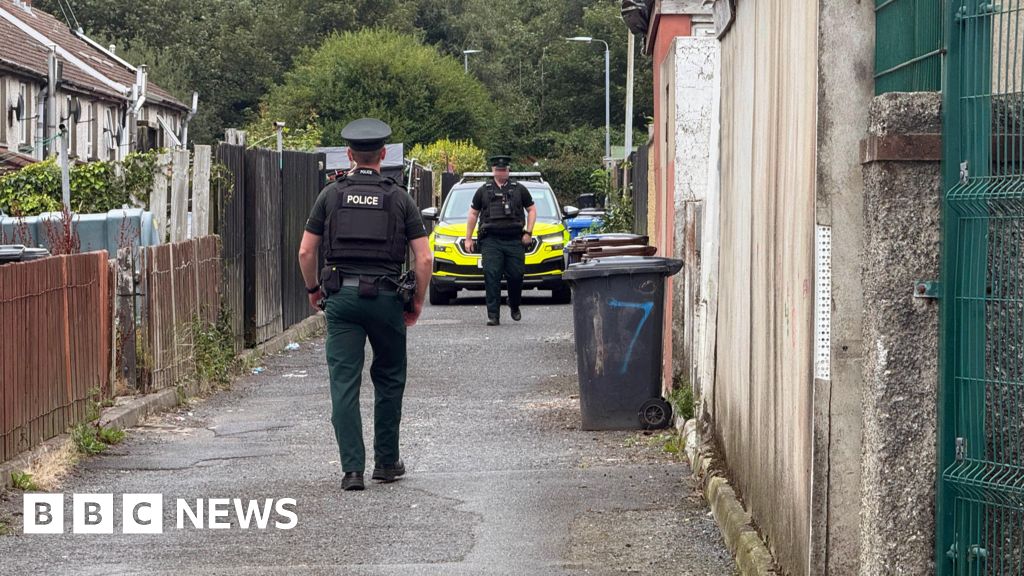Two people buried in early medieval England had West African ancestry, experts have revealed, in a discovery that rewrites British history.
The find provides the first direct evidence of a connection between Britain and Africa in the seventh century, more than 1,300 years ago.
Archaeologists made the discovery after analysing DNA from a girl who had been buried in Kent and a young man laid to rest in Dorset.
Both had recent ancestors, likely grandparents, from West Africa, the experts said.
And in both cases, the individuals had been laid to rest as typical members of the local community – suggesting they were valued by the societies in which they lived.
'Our results emphasise the cosmopolitan nature of England in the early medieval period, pointing to a diverse population with far–flung connections who were, nonetheless, fully integrated into the fabric of daily life,' Dr Ceiridwen Edwards, from the University of Huddersfield, said.
For both individuals, the mitochondrial DNA inherited from their mothers was northern European.
But the autosomal DNA, inherited from both parents, showed strong genetic links to present–day Yoruba, Mende, Mandenka and Esan groups from sub–Saharan West Africa – thousands of miles away.
The skeletal remains of the girl from the Updown cemetery, along with a plan indicating the positioning of grave goods
The man unearthed at Worth Matravers, in Dorset, was buried alongside a British male and an anchor made of local limestone
Further investigation suggests they both had one grandparent from their father's side from West Africa.
The girl, buried in Updown in Kent, was found with several items including a pot possibly imported from Frankish Gaul – an area that encompasses present–day France, Belgium and Luxembourg – and a spoon that could indicate the individual's Christian faith.
The Updown cemetery was part of Kent's royal network and these goods point to the area's continental connections.
Meanwhile the man unearthed at Worth Matravers, in Dorset, was buried alongside a British male and an anchor made of local limestone.
'Kent has always been a conduit for influence from the adjacent continent and this was particularly marked in the sixth century,' Professor Duncan Sayer, from the University of Lancashire, said.
On the other hand, Dorset sat 'on the fringes of continental influence'.
'The archaeological evidence suggests a marked and notable cultural divide between Dorset and areas to the west, and the Anglo–Saxon influenced areas to the East,' Dr Edwards explained.
Both discoveries, published in the journal Antiquity, add a new dimension to understanding long–distance movement and interaction involving Britain during the Early Middle Ages.
Excavation at the Worth Matravers cemetery. The findings provide the first direct evidence of a connection between Britain and Africa in the seventh century, more than 1,300 years ago
'What is fascinating about these two individuals is that this international connection is found in both the east and west of Britain,' Professor Sayer added.
Early medieval England, spanning roughly from the fifth to the 11th centuries, was characterised by a predominantly rural society.
Most people lived in small, self–sufficient villages with agriculture being the primary occupation.
Social structure was hierarchical, with a ruling class of nobles and a large peasant population who worked on the land.
The period also saw the rise of Anglo–Saxon kingdoms, the influence of Christianity, and eventually, Viking incursions and settlements.
What was life like in Medieval society?
- There were few large towns, and most people lived in villages.
- The majority of people were peasants who worked on the land owned by a local lord.
- If people wanted to move or get married they needed the permission of the lord first.
- Peasant homes were small, often a one–room hut with a hearth in the centre. Animals tended to live in huts with their owners.
- Furniture was sparse, usually consisting of just a few stools, a trunk for bedding and a few cooking pots.
- Women in peasant families learned to spin wool from an early age, using wooden wheels to make clothes.
- Rather than going to school, children spent more of their time helping their parents with jobs in the house, looking after animals and growing food.
- People attended church every Sunday.
- There was no police force and most law enforcement was organised by local people.
 (1).png)
 2 days ago
4
2 days ago
4

















